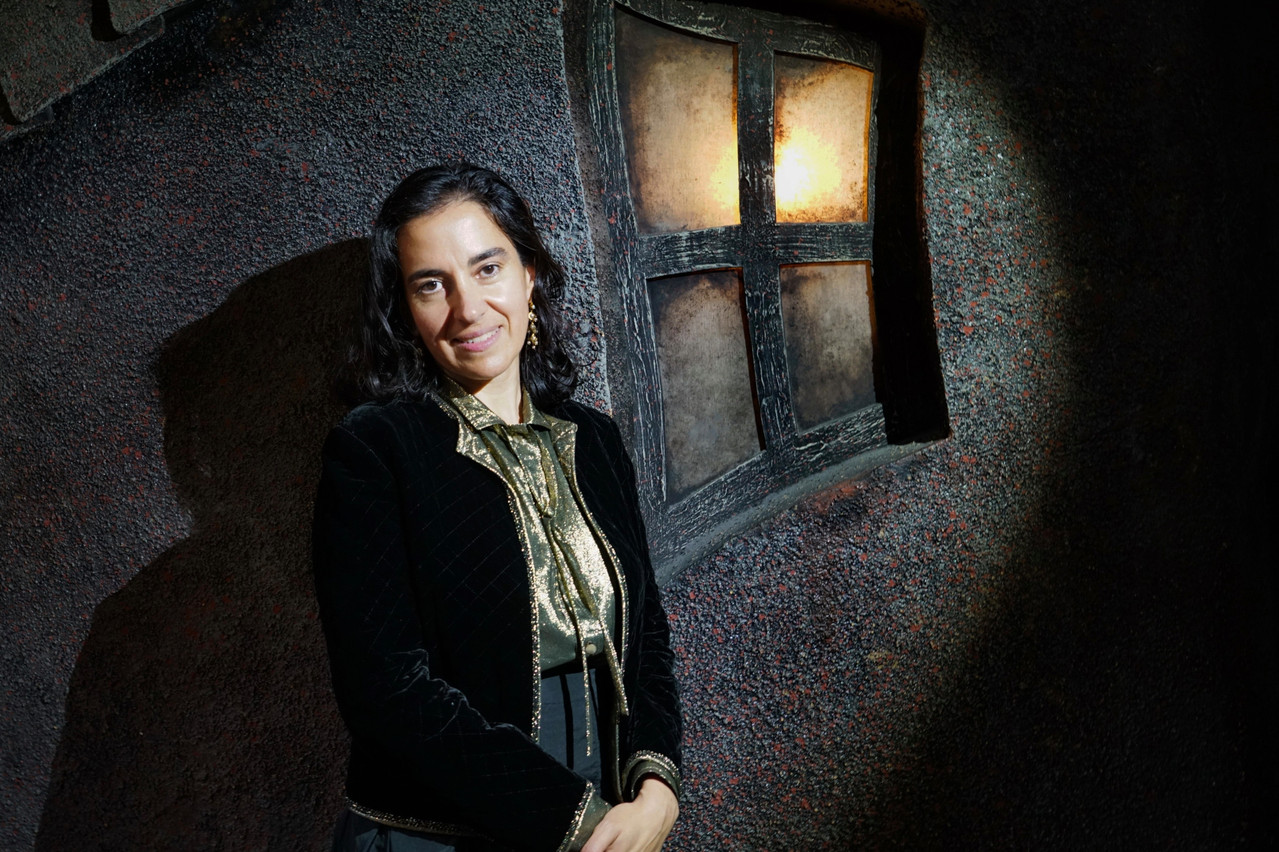The dawn of the AI era is upon us. We are not just inventing new tools--we are reshaping what it means to be human. As with the arrival of the internet and the spread of social media, the technologies we design today will ripple through generations. And yet, the conversation remains narrowly focussed--led by tech founders and corporations chasing speed, scale and market supremacy. The artistic perspective is being ignored.
When we built the digital infrastructure of the late twentieth century, the marginalisation of artistic thinking seemed inconsequential. The internet was primarily seen as a utilitarian network--channels and protocols designed to transmit our existing human expressions. But artificial intelligence represents something fundamentally different: not a passive medium but an active participant, a thinking system, a proto-consciousness taking shape through our design choices. To develop such technology without artistic input will result in a society without cultural memory, aesthetic sensibility or existential meaning.
We have reduced creativity to a metric of productivity. We replace human interactions with digital services and accelerated workflows but rarely pause to examine inevitable consequences. How do these systems affect our sentimental lives? Do we want AI agents to replace conversations with our friends and strangers? What kind of society will emerge?
Art: central to our adaptation and survival
Throughout civilisation, art has served as our collective memory, our ethical barometer, our imaginative commons. Unlike pure data, which can be processed with computational precision, art carries something more essential: a human dimension that speaks not just to logic but to lived experience.
Art has never been peripheral to human development--it has been central to our adaptation and survival. It teaches us how to navigate being human in constantly evolving circumstances. It has documented empires, challenged power structures, processed collective trauma and envisioned alternative futures. As we enter this algorithmic era, art’s interpretive capacity is critical.
We are moving toward a period where technology no longer remains external to us but is integrated with human experience--brain-computer interfaces, cognitive augmentation, algorithmic systems influencing our most personal decisions. The greatest risk in AI development isn't that machines will become too intelligent and overthrow humanity--it’s that they'll be built with too narrow a conception of what intelligence and human flourishing actually entail. Without artistic input, we risk creating systems that optimise for easily quantifiable metrics whilst missing the nuanced, contradictory aspects of human experience that give life its meaning.
Artists aren’t simply adopting new tools--they’re shaping and interrogating them.
Artists aren’t simply adopting new tools--they’re shaping and interrogating them. They reveal the limitations, the encoded biases, the aspects of creativity that resist algorithmic replication. They question not only what these systems can learn but what they systematically overlook.
Our cultural understanding of artificial intelligence emerged not through technical papers but through narrative imagination--from Frankenstein to 2001: A Space Odyssey, Asimov’s “Runaround” and Netflix’s Altered Carbon exploring cyborg futures. The conceptual frameworks through which we interpret AI developed not in computer science departments but through storytellers who asked: What happens when we create intelligence different from our own?
Bring artists into the heart of AI development
If we delegate the architecture of our technological future exclusively to those who build and profit from it, we risk constructing a world optimised for computational efficiency without purpose, connectivity without meaning, intelligence without wisdom.
The integration of artistic perspectives into AI development isn’t just about making technology more “humane” in some abstract sense. It’s about building systems that genuinely enhance human capabilities and experiences rather than diminishing or replacing them. It’s about ensuring that as machines take on more decision-making roles in society, they do so in ways that reflect our deepest values rather than just our most easily quantifiable ones.
Art and artists should have a central role in imagining and developing our AI-powered future to preserve the humanity of humans. Without their perspectives, we risk creating technological systems that fail to serve human flourishing in its fullest sense--systems that may function perfectly while missing the point entirely. By bringing artists into the heart of AI development, we can create technologies that not only work efficiently but contribute meaningfully to a future worth wanting.
*Fedra Fateh is the CEO of AI Art Lab.

